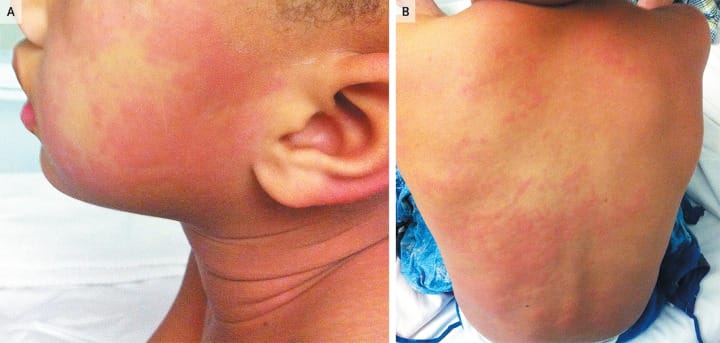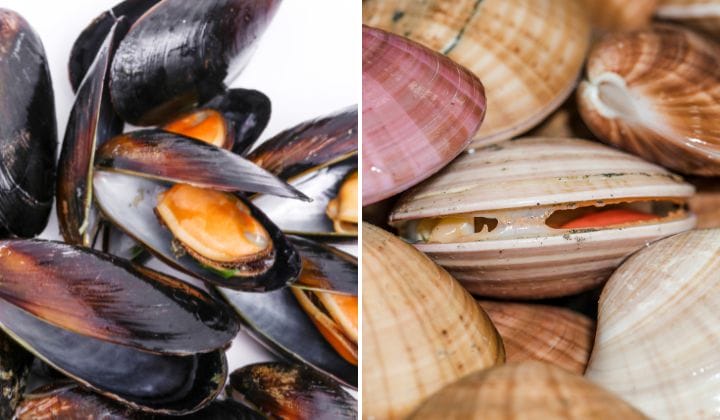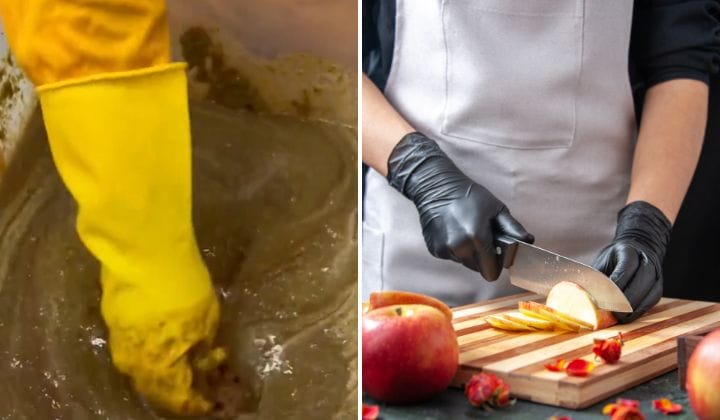Why Some Seafood Makes Our Body Itch, And It’s Not Because You’re Allergic
Scombrotoxin poisoning occurs because seafood is exposed to room temperature for too long.

Subscribe to our Telegram channel for the latest stories and updates.
You’ve been eating seafood all your life but then found out you were “allergic” after an incident that made you itchy and break out in rashes.
Did you suddenly develop an intolerance for seafood or was it a one-off thing?
Your seafood delights may have been exposed to scombrotoxin
According to a Twitter thread by a registered chemist (ChM.) Dr Che Puteh Osman, the cause of the itchy rashes that sometimes occur after eating seafood is due to a toxin called scombrotoxin or histamine.
Scrombotoxin
— Che Puteh Osman, PhD (@drcheputeh) October 21, 2021
Pernah tak ketika makan ikan atau makanan laut, anda rasa gatal dan naik ruam? Tetapi pada masa yang lain ketika anda makan makanan laut yang sama, anda rasa okay sahaja?
Ini disebabkan ikan dan makanan laut tersebut tercemar dengan scrombotoxsin atau histamin. pic.twitter.com/nqBdsC3P5c
Scombrotoxin is produced when seafood is not properly frozen and exposed to room temperature for a long period of time, causing seafood to be contaminated with bacteria.
This bacteria may produce the enzyme ‘histidine decarboxylase’ which then converts to scombrotoxin when the cold chain is broken.
Histidine, a type of amino acid, is commonly found in certain fish in the Scombridae and Scomberesocidae family, like mackerel, tuna and catfish although scombrotoxin contamination can also occur in fish that is not from this family such as herring and bluefish.
What scrombrotoxin poisoning looks like

Symptoms of whether you’ve been exposed to the toxin may include rashes, hives, low blood pressure, and swollen eyes and may happen just minutes after consuming the contaminated fish with some having more severe reactions than others.
Scombrotoxin is irreversible
The best way to avoid scombrotoxin poisoning is to ensure your seafood does not break that cold chain.
According to the American Food and Drug Administration (FDA), the growth of scombrotoxin-forming bacteria is more rapid at a high-abuse temperature of 21.1°C or higher than at a moderate temperature of 7.2°C or below.
Once your fish has been contaminated, the scombrotoxin is here to stay that not even cooking it in high temperatures will make it go away – nor will refreezing it.
Reduce risk of scombrotoxin poisoning
Although it may be hard to track the supply chain of your fish when eating out, you can minimise scombrotoxin poisoning by:
- Making sure the fish at the market is stored properly on ice or in cool temperatures.
- Check the fish you are going to buy for signs of decay (smell of rot) and mishandling (bruises). Only buy those that are fresh.
- Keep processing time at a minimum when trimming, filleting, gutting, or portioning your fish and immediately refrigerate after.
- Cook fish directly from refrigeration.
Share your thoughts with us via TRP’s Facebook, Twitter, and Instagram.
Former advertising mad woman - turned mother to an amazing little girl born 3 months early - and now a returned writer. Also a textbook ambivert with no clue about today's pop music but a walking encyclopedia of music from the 80s and 90s.








